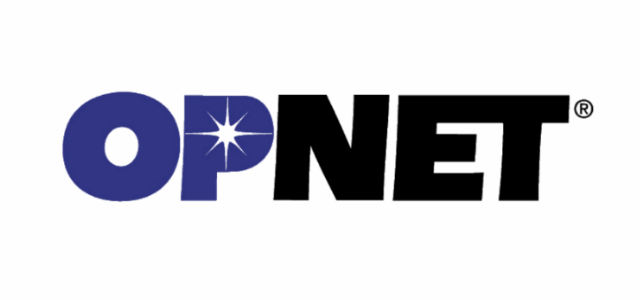I almost didn’t put OPNET development on my resume. When I was finishing up grad school, it was part of the work I was doing as a research assistant with the Information Assurance Laboratory at Auburn University, but it was such a pain to work with that it seemed like asking for punishment to include it as a skill. I was certainly surprised to find out that this keyword on my resume was the reason I got my first phone interview with Harris RF, as they were looking for someone to help simulate the world’s first wideband ad-hoc networking waveform, Adaptive Networking Wideband Waveform (ANW2).
After a couple of good conversations and an interview in Rochester, NY, I accepted their offer and began working in the Advanced Development Group. It’s funny the difference between school and the commercial world–what I took to be a PITA software application, turned out to be an extremely powerful simulation engine when used in the right way. I helped architect our simulation efforts and designed and coded new protocols and algorithms to test in that environment because it was so much cheaper than trying to test on hardware in the real world. We solved a lot of problems, improved performance, validated some assumptions and invalidated some others.
I even got to use my background in evolutionary programming to design genetic algorithms for optimizing parameters in some of these complex, distributed communications protocols.
I had a great team, and it was a lot of fun. The only reason I left is because I was given an offer I couldn’t refuse: go out and spend time with our customers, learn what they want, what they need and who our networking technology could help. My next stop was with the Network Applications Group.
